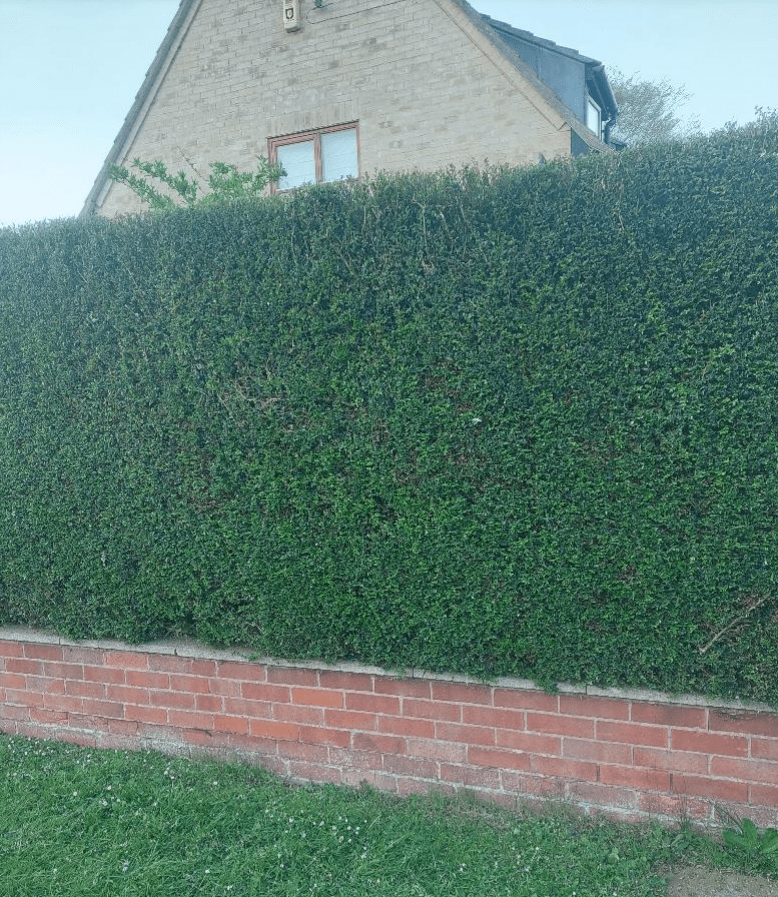A home owner who was refused permission by East Cambridgeshire District Council to replace an existing low brick wall and hedge with a 2-metre-high fence has lost an appeal to the Planning Inspectorate. Council planners claimed the high fence “by virtue of its location and design would fail to visually protect or enhance the street-scene.
“The proposal would create a prominent form of development which would not preserve or relate sympathetically to the surrounding area”.
Now the Planning Inspectorate has confirmed the council’s refusal for the replacement fence which had been proposed for 1a Jenyns Close, Bottisham, Cambridgeshire.
Nicola Early appealed the refusal but inspector P. D. Biggers has backed the council decision.
“The main issue is the effect of the proposed development on the character and appearance of the host dwelling and surroundings on Lode Road,” said the inspector.
Dismissing claims by Ms Early that other homes in the area had timber fencing, he concluded these did not justify approval in this instance.
“The removal of the current boundary treatment on the Lode Road frontage and its replacement with 2-metre-high timber fencing would result in the loss of part of the established green character of Lode Road in an extremely prominent position,” said the inspector.

“In views both ways along Lode Road the timber fence, regardless of any potential colour treatment, would appear as a hard, dominant, and intrusive feature in the streetscape in a similar way to the frontage fencing further north on the west side of Lode Road.
“It has been put to me that the change is necessitated by the condition of the brick wall and the hedging which is now leaning. From my observations on site whilst there is some erosion to the face of the brickwork it did not appear to affect the structural integrity of the dwarf wall.
“Moreover, whilst I accept the hedge is leaning closest to the southern corner of the plot I am not persuaded that this could not be resolved, and no evidence has been presented to suggest otherwise.”
The inspector said planning policies requires all development to be designed to a high quality “enhancing and complementing local distinctiveness and public amenity by relating well to existing features and that design which fails to have regard to local context should be refused.
“For the above reasons i.e. the frontage positioning, height, prominence, design and proposed materials the fence would have an unacceptable impact on the established character and appearance of Lode Road.”
Mr Biggers said he understood the wish of the home owner to have a secure boundary and privacy to the garden area.
“However, the existing boundary treatment already achieves this,” he said.
Despite no objections from neighbours, he added that “as the proposal principally affects the street scene on Lode Road rather than neighbouring properties this is not unusual.
“The absence of neighbour objection does not automatically make the proposal acceptable in terms of the impact on the public realm”.
Council planners had argued that the fence “would create a significantly prominent form which be out of keeping with the character and appearance of the area.
“The proposal will be clearly visible from all views within the public realm and is not considered to protect or enhance the street-scene. The proposal is not considered to preserve the landscape of the area with the removal of the hedging.
“The proposed fence would dominate the existing site and create a prominent form of inappropriate development which would not preserve or relate sympathetically to the surrounding area within the street scene and considered to be out of keeping with the character of the area”.























